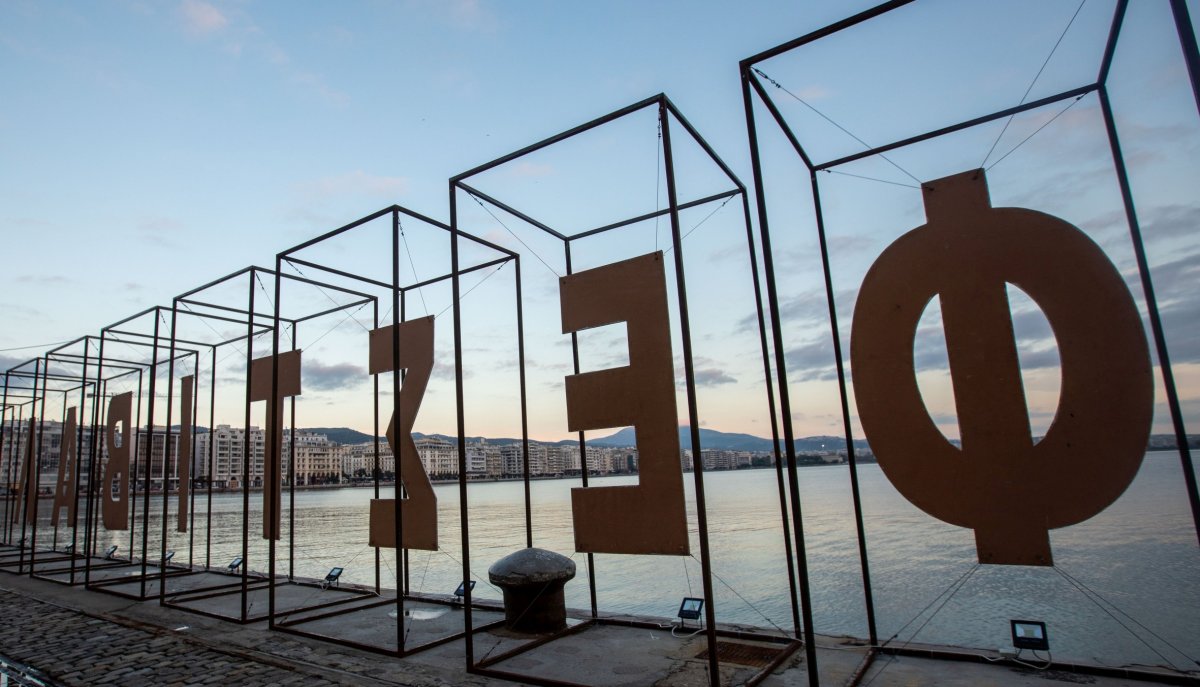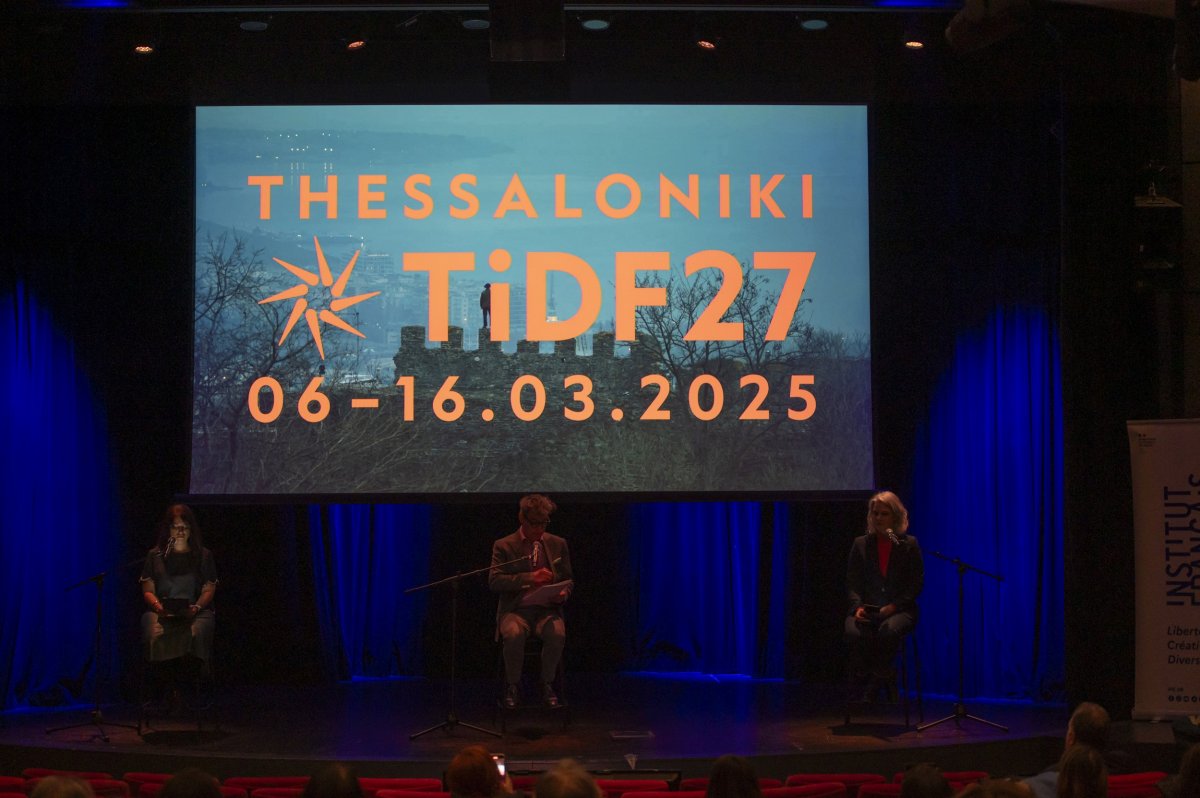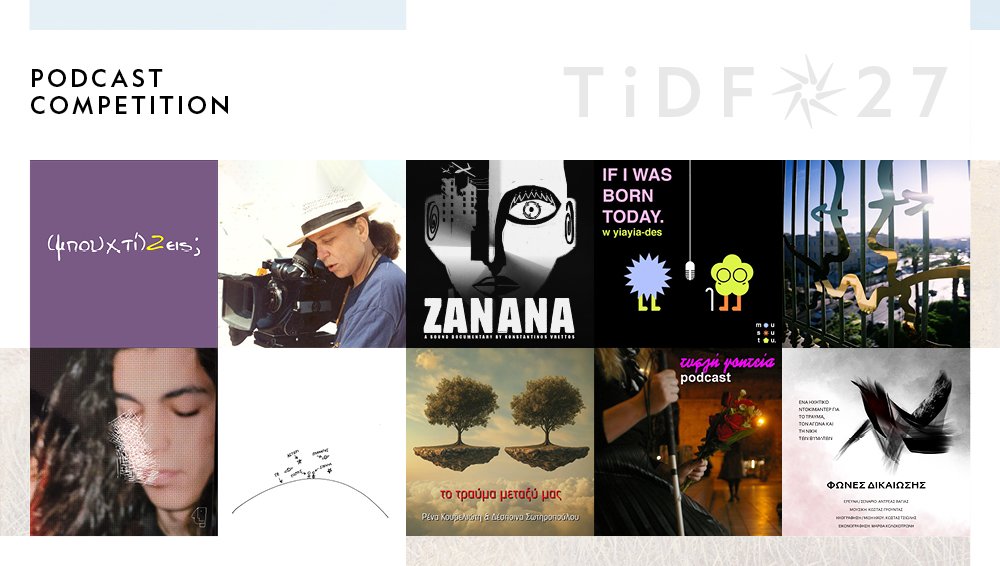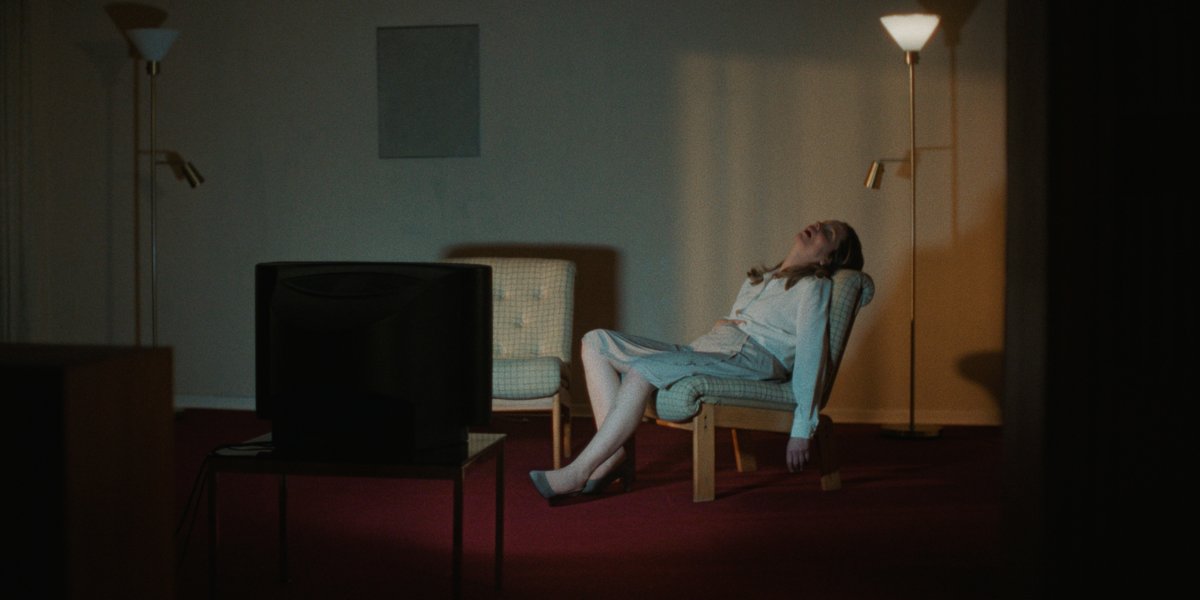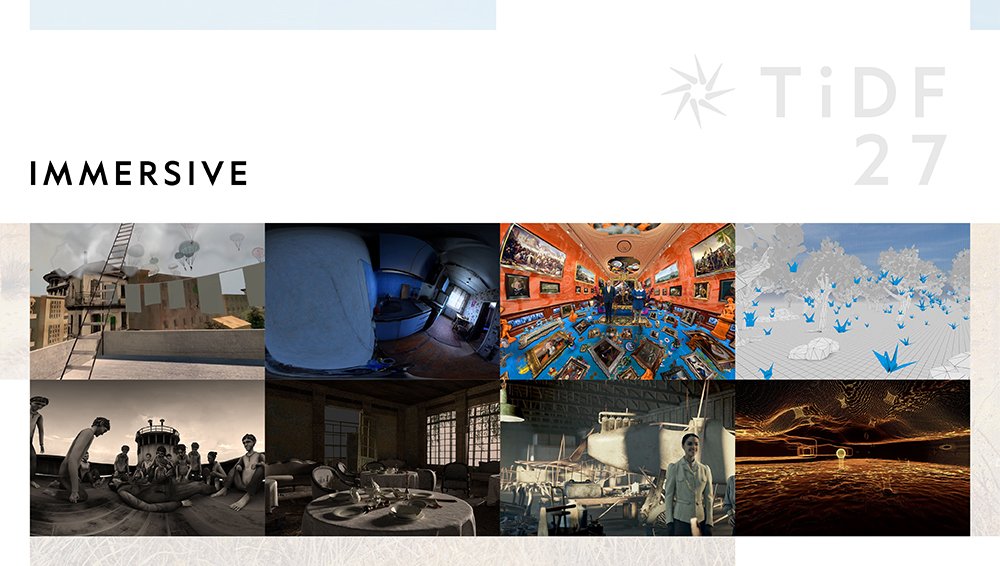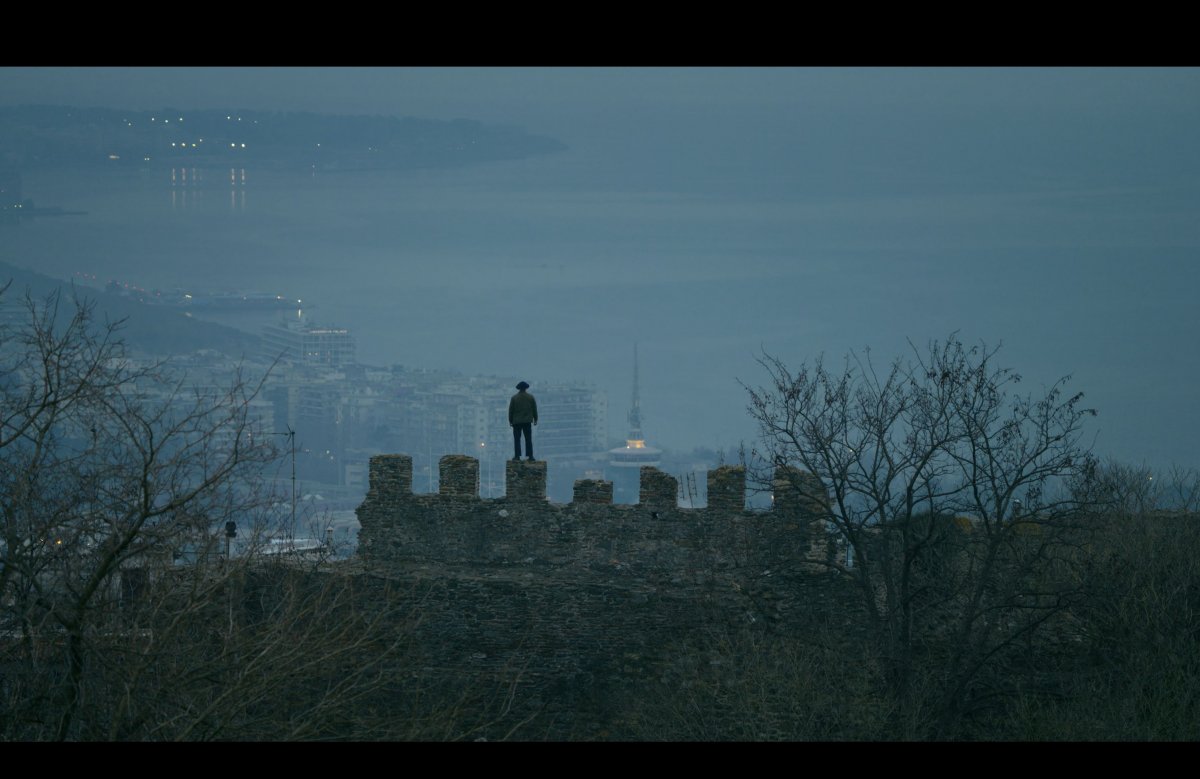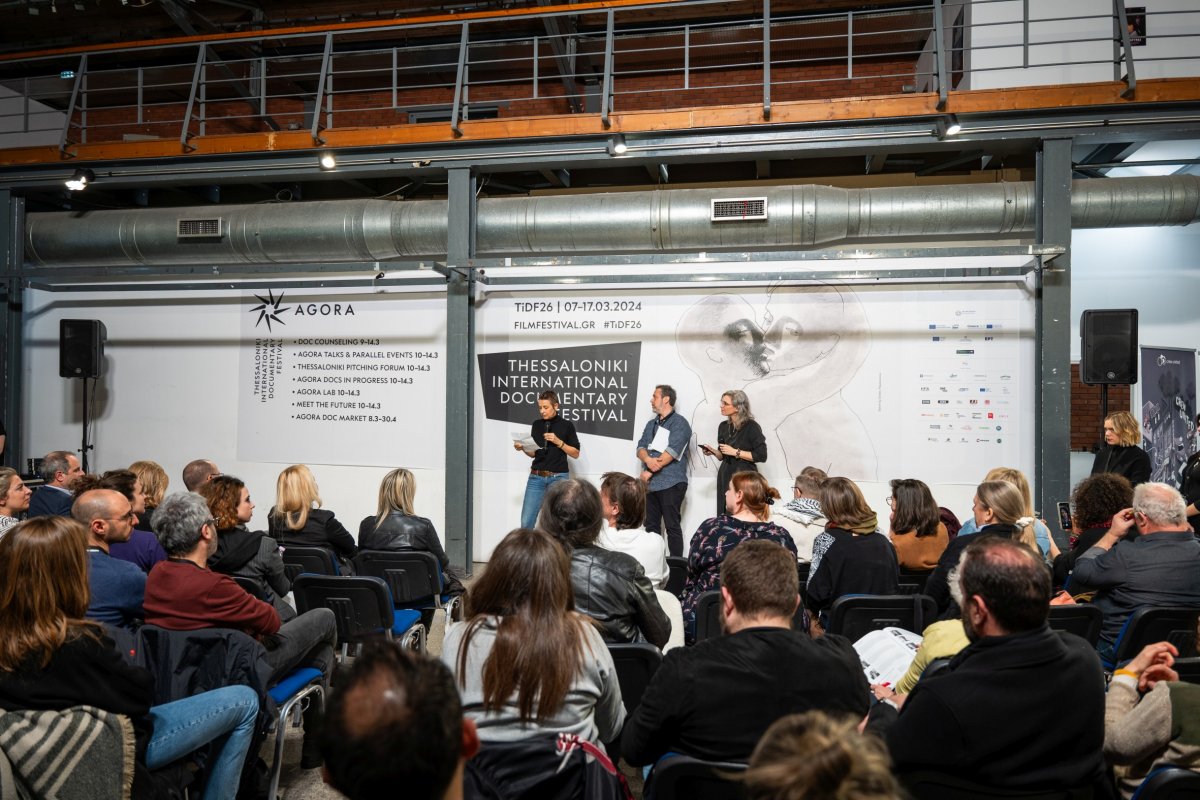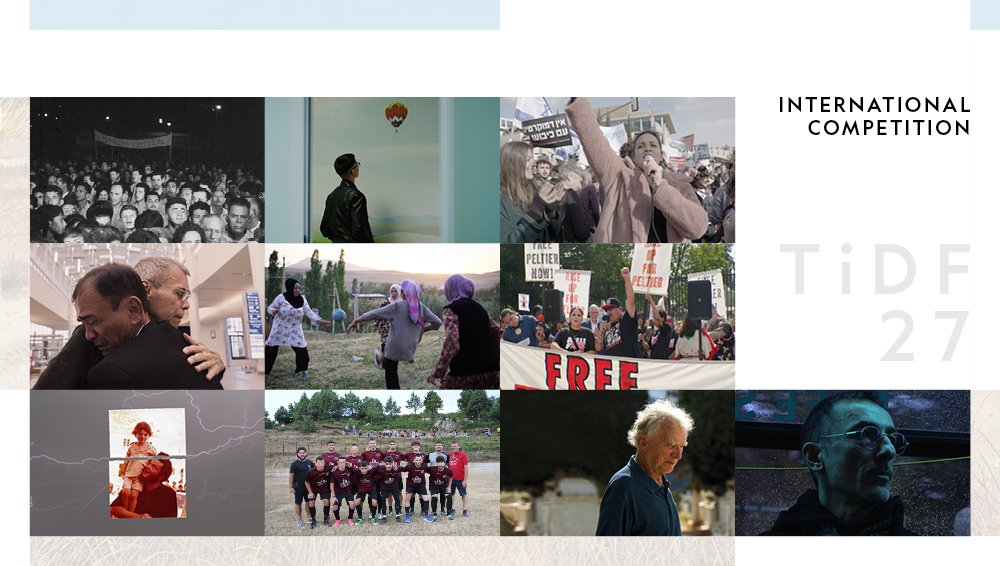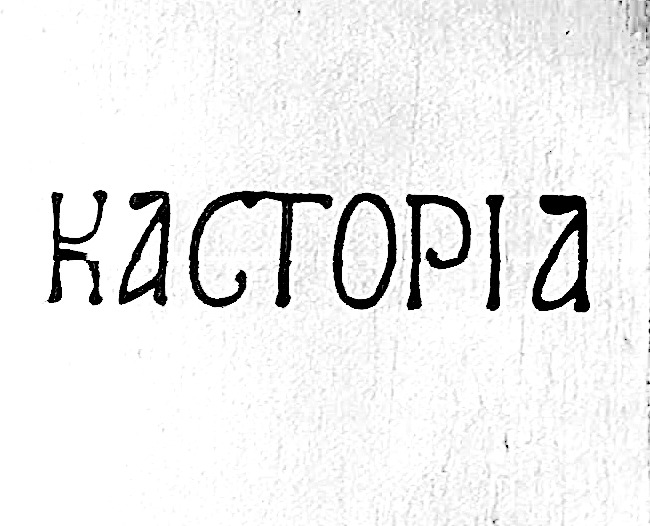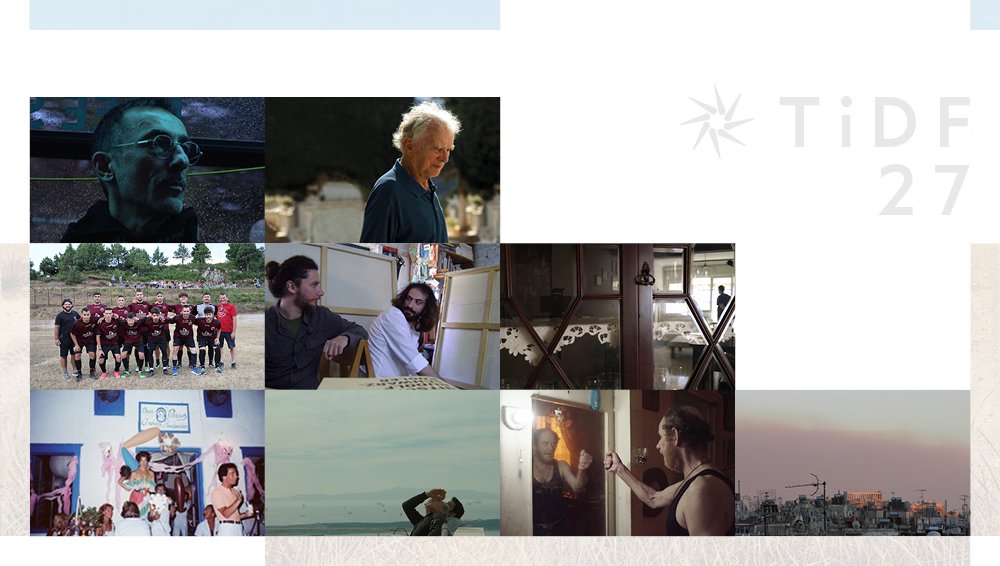The aesthetic value of documentaries, participating in festivals and film financing and budgets were some of the topics discussed among the participants of the sixth Just Talking session, which took place on Friday, March 16, 2012 at the Excelsior Room of the Electra Palace Hotel, in the framework of the 14th Thessaloniki Documentary Festival. In the discussion participated the directors Philip Cox (The Bengali Detective), Manu Gerosa and Salva Munoz (Lion Souls), Yi Seung-jun (Planet of Snail), Jose Alvarez (Canicula) and Vania Del Borgo, excecutive producer of the film Italy, Love it or Leave it by Gustav Hofer and Luca Ragazzi.
Initially, the filmmakers spoke on their films’ topics. In his film Canicula, Jose Alvarez presents the two-folded daily life of the Totonac people in Veracruz, Mexico: “One of the stories is about a community workshop where ceramics are made in the traditional way, whereas the second story shows us an interesting ceremony during which natives dive from a height tied with ropes, and it looks like they are flying [these are the voladores]. These two aspects are closely related as they are part of the same community. The beauty of the land is also depicted in a very natural way in the film, as well as the human contact with nature”.
Yi Seung-jun spoke about his humane, touching film Planet of Snail: “My film focuses on a blind and deaf man and his wife who has her own health problems too, a disability that has to do with her spine. It is a love story actually. I just observe their daily life”. Deeply moving is the documentary Lion Souls too, in connection to which Mr. Gerosa said: “It’s about the story of an Italian surgeon, who saves lives in Zimbabwe. Through their everyday lives we get to learn more about the country and its people”.
Philip Cox spoke next and said about his film The Bengali Detective: “It’s the story of a private detective and his clients’ lives on a daily basis”. The executive producer, Vania Del Borgo, speaking about the documentary Italy, love it or leave it, explained: “The film follows two young persons’ attempt to decide whether to stay in Italy or leave, given the lack of opportunities, the political situation and the retrogression of the country. The documentary was finished in September, just before Berlusconi’s governance finally came to an end. The moment couldn’t be more accurate, as through their journey, the two characters look for the good left in Italy and the reasons to stay or leave”.
The documentary Canicula has been screened in various festivals and Jose Alvarez said: “In a way, my film has been made by the people I filmed and is for them. I was the ‘executive body’ of this procedure. When travelling to the various festivals along with the film, I carry them with me”. As for the aesthetic aspect of his film, the director mentioned: “The forest, the light, the people were so beautiful that made very easy for me to make a beautiful film. Technology was of a great help too. There are fairly low-priced cameras available and a lot of very talented photographers in Mexico. The film isn’t a dramatic, difficult documentary, but a simple depiction of the lands and their beauty. During the festivals, people approach me and thank me for making this film. For that I’m glad. I think there are many dramatic documentaries included in the festivals’ programs, so, my film helps balance this effect, and it’s like oxygen”.
Speaking about the aesthetic and creative aspects of documentaries, the director Philip Cox, who has worked a lot in TV noticed: “I’ve always wanted to make a film with detectives in it and that’s what I did. I don’t mind if someone thinks my film is fiction. I’ve been criticized for my film being too perfect and I understand why. Maybe we need to see ‘dirt’, raw images, to feel like something is real, but heading in this direction was not my intention. I wanted to make a sort of film noir, I wanted to play, to combine Bollywood with documentary”. He also explained: “I did follow a set of rules, though. Reality has always been my starting point. Sure, I would check the location where scenes took place to achieve an interesting result, however, the action and the dialogues weren’t set up. My next film, The Love Hotel, will be more like that, combining the two approaches: the constructed films and the documentaries”.
Vania Del Borgo commented on the special way the filmmakers Gustav Hofer and Luca Ragazzi see things and said: “Their debut was an actual reportage; however, both in that film and in their present film, they ended up starring themselves. Italy, Love it or Leave it is a co-production with Arte and that enabled us to pay close attention to the film’s progress, as well as its aesthetic outcome. It’s not just a film of observation, but a film that observes things with many elements or irony. What’s more, the directors love classic Italian cinema and as a result such references are evident in the film”.
Mr. Gerosa’s experience derived from the film Lion Souls was different. “From the very beginning, our decision was to make a film that would follow the characters. Once we arrived in Zimbabwe, the political situation and the dangerous living conditions at the country, made it clear to us that this decision was our only choice. I’m glad we had already predetermined it. From time to time, however, when we were a bit more relaxed, we tried to shoot beautiful scenes in order to maintain the balance between this very need and the need to record the things happening around us”, he said. Mr. Munoz added: “When you are in an operation room you don’t have the luxury to tell the surgeon ‘wait for five minutes till I move the camera’, you just keep filming”.
Yi Seung-jun, talking about his experience regarding his movie, commented: “My documentary’s identity gets people confused. In Korea, after the screening, people asked me whether the heroes in my film are actual people or actors. The truth is, I try to approach my topic in a more cinematographic way”. He also confessed: “On the other hand, during the 14th Thessaloniki Documentary Festival, I watched a totally different documentary, Five Broken Cameras by Emad Burnat and Guy Davidi and it was so good that I cried tree times. So, I don’t think we can tell the best way to make a documentary, because it depends on its topic”. At this point, Philip Cox added: “This particular film is a very good example of what we are saying. I think that when it comes to such a cruel and hard external reality, filming it is enough, but when it comes to the internal reality, for example, the human nature’s most fine nuances, then things are different. To me, TV means information and cinema means mystery”.
At next, Yi Seung-jun noticed: “In Korea, due to the dictatorship, documentary means activism, the cinematographic dimension is however absent”. Mr. Cox noticed: “It’s interesting to look for the tradition of the documentary in each country and the things it represents. In India, documentary doesn’t exist and in the form that it exists, it’s connected to a boring and tutorial process -because the British colonists during the 50ies imposed it as such-and no one would watch such a film. During our travels, we get the chance to observe the way each culture perceives the documentary, as its story is closely connected to the country’s history”.
At the end of the conversation, the filmmakers focused on the topic of film budgets and the various sorts of financing. Mr. Gerosa commented: “The difficulty lies in the fact that during filming, one has to do an extra job, to support himself, and that holds back the film’s completion. However, we, filmmakers follow our instinct and do so, because we love our work and we are proud of it”. Mr. Cox gave a different example of financing, pointing out that: “Experience teaches you how to realize that behind any financing there is an agreement hidden with relevant limitations and terms. Before my film was complete, I made up a series of prequels which did well on the internet and brought in a good income resource, as well as a good promotion for the film”.



